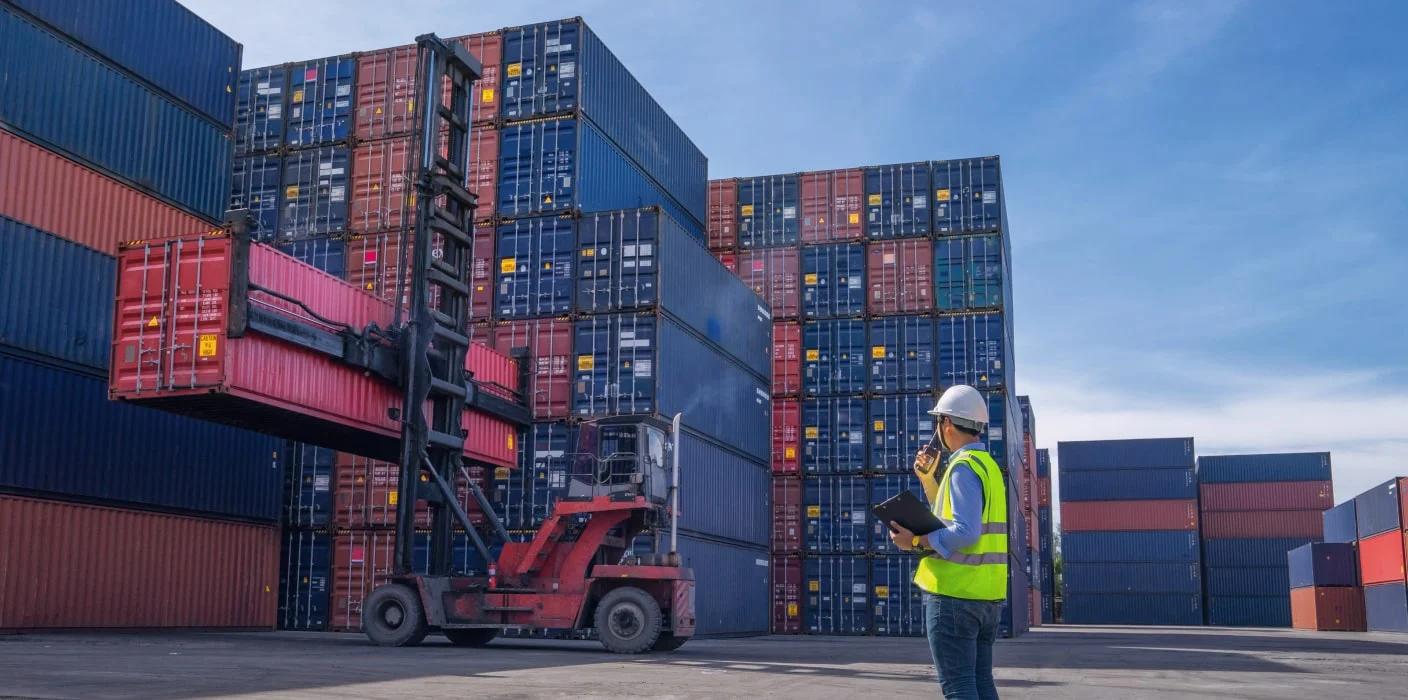In today’s rapidly evolving e-commerce landscape, last-mile delivery has become a crucial aspect of meeting customer expectations. As online shopping continues to surge in popularity, consumers expect not only a wide array of products but also fast and convenient delivery options. To meet these expectations, businesses have been actively investing in last-mile delivery innovations. One significant innovation that has gained prominence is the use of technology, particularly mobile apps and tracking systems. Customers now expect real-time visibility into the status and location of their deliveries. Companies have responded by implementing sophisticated tracking solutions, enabling customers to monitor their packages from the moment of dispatch to the final doorstep drop-off. This increased transparency not only keeps customers informed but also builds trust, as it minimizes uncertainty and the anxiety associated with waiting for a delivery.
Additionally, companies have been exploring various delivery methods to enhance convenience. One of the most notable innovations in this regard is the use of autonomous delivery vehicles, including drones and robots. These technologies have the potential to drastically reduce delivery times, particularly for items in high demand or those needing to be delivered to remote or congested areas. Drones, for instance, can deliver packages to a customer’s doorstep in a matter of minutes, transforming the delivery experience and exceeding customer expectations for speed. Another approach to enhancing last-mile delivery is the development of micro-fulfillment centers and urban warehouses. These small, strategically located facilities allow for faster order processing and a shorter distance for delivery, resulting in reduced delivery times. Companies have been working on optimizing their supply chain networks to include these micro-fulfillment centers, ensuring that products are stored closer to the end customer, ultimately improving delivery efficiency in jasa pengiriman cargo barang besar. Sustainability and eco-friendliness have also become integral aspects of last-mile delivery innovations.

As customers increasingly prioritize environmental concerns, businesses are exploring eco-friendly delivery options. Electric delivery vehicles, cargo bikes, and other low-impact transportation methods are being adopted to reduce carbon emissions and minimize the environmental footprint of last-mile delivery operations. Meeting customer expectations now often involves not just timely delivery but also delivering in a way that aligns with their values. Last-mile delivery innovations have also taken into account the rising popularity of curbside pickup and locker solutions. These options offer customers flexibility and convenience, allowing them to collect their orders at a nearby location or their vehicle instead of waiting for home delivery. This alternative caters to those who may be concerned about the security of packages left on their doorstep or those looking for a contactless shopping experience. In conclusion, the ever-evolving landscape of e-commerce and consumer preferences has driven companies to invest in last-mile delivery innovations.
